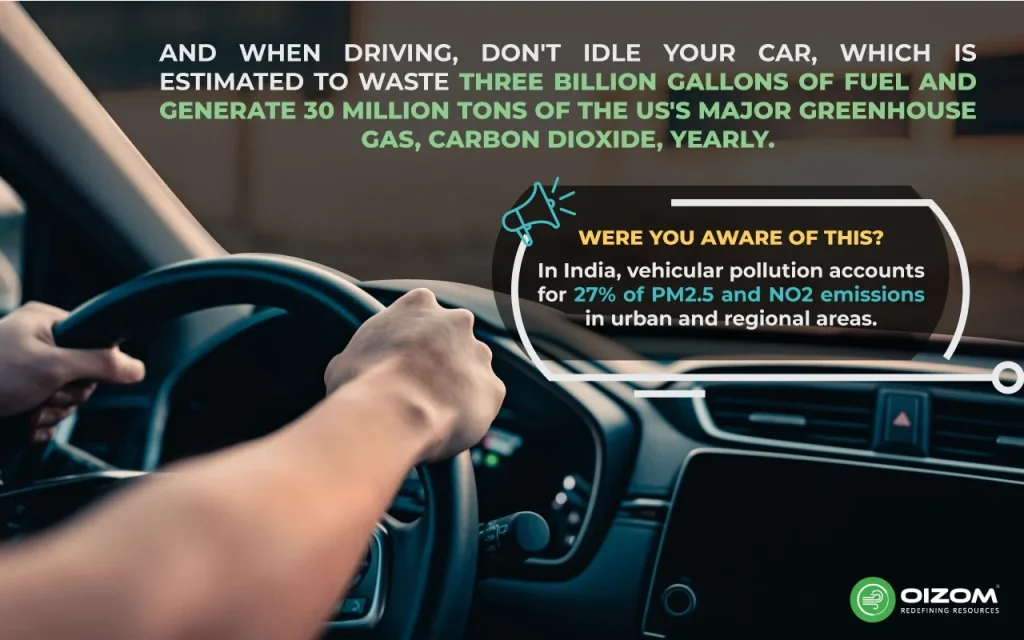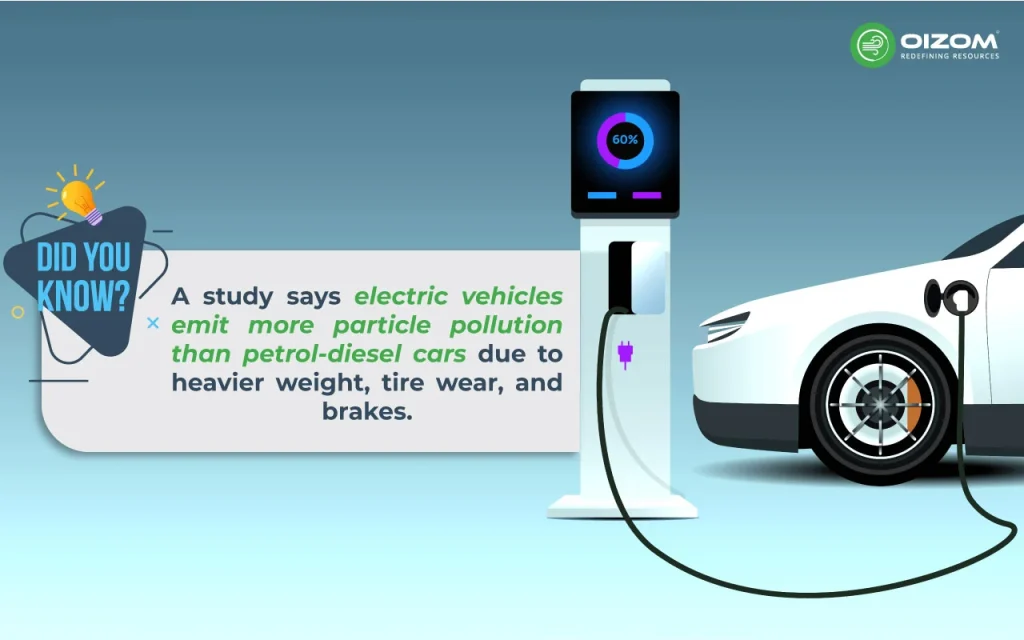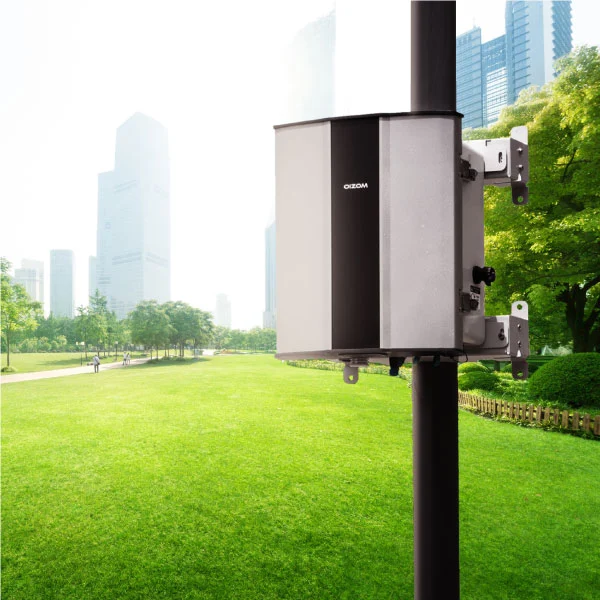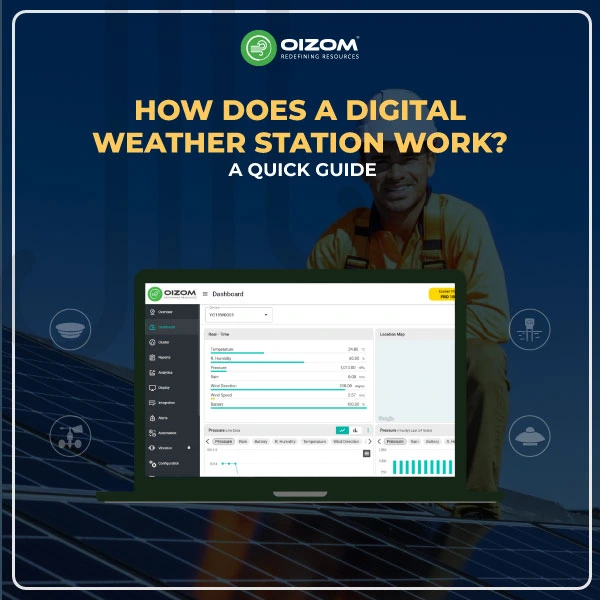As technology and infrastructure advance, pollution also covers the earth with a layer. We must be concerned about the air we breathe. Currently, the number of people dying because of bad air quality is increasing. It’s also one of the reasons for the increase in respiratory diseases. Eat fruits and veggies, exercise regularly, do not smoke, and control high blood pressure, diabetes, and cholesterol. These are some age-old suggested habits that lead to a healthy lifestyle. But when was the last time your doctor advised you to avoid exposure to pollution?
Accumulating research on the impact of pollution on our health suggests that this should be another recommendation, and it’s not as difficult to implement as it may seem. The potential health benefits are significant. With this blog, we will discuss steps to improve outdoor air quality with sustainable consumer practices and what green initiatives can be implemented for homes and businesses to improve air quality.
What Steps can you, as an Individual, Take to Improve Outdoor Air Quality?
In simple terms, pollution is anything humans introduce into the environment that can harm our health or the natural balance. This can include gases, heavy metals, chemicals, bacteria, and even noise. Improving outdoor air quality is crucial for our health and the environment. One important approach to accomplishing this is to make conscious transportation decisions.
Transportation Choices
Making informed transportation decisions is critical to improving air quality and lowering our environmental footprint. Adopting sustainable forms of transportation, such as public transit, can drastically reduce individual carbon footprints by lowering the number of vehicles on the road. Walking or cycling shorter distances boosts your health while also completely eliminating pollution. Carpooling and ride-sharing reduce the number of cars on the road, lowering air pollution.
Use of Public Transportation
Opting for public transportation can significantly reduce the number of vehicles on the road, leading to lower emissions of harmful gases. Buses, trains, and metros carry many people simultaneously, which is much more efficient than the one-person-one-car scenario.

Walking and Cycling
Walking or cycling to local shops is an excellent approach to reducing your reliance on cars. Walking, cycling, or riding to school is an excellent way to begin the day. Begin good habits early. Children who engage in physical activity daily are more likely to remain active as adults. There are numerous benefits to your personal health. You’ll also be lowering air pollution and congestion around the school gates. Not only does this improve local air quality, but it is also great for your mood and physical health. Public transport helps reduce congestion on roads and our individual footprint. CO2 emissions per passenger for train and coach are, on average, six to eight times lower than car travel.
Carpooling or Ride-sharing
You should explore car sharing if you frequently travel to the same location with your friends or colleagues, such as work or school. Car-sharing systems are frequently in operation and should be investigated. By sharing rides, we decrease the volume of emissions per capita. This will benefit the environment by reducing the number of cars on the road and save you money on fuel.
Transitioning to Electric Vehicles
Electric vehicles (EVs) provide a cleaner alternative to conventional gasoline-powered automobiles. EVs emit zero tailpipe emissions, a huge step toward better air quality. Transitioning to electric vehicles powered by renewable energy sources has the potential to reduce transportation-related pollution significantly. As the infrastructure for EVs expands, including additional charging stations, the switch becomes more practical for a wider proportion of the population.

Sustainable Consumer Practices
Adopting sustainable consumer practices is critical to the health of our planet and promoting a more equal economy. Two effective methods include purchasing local products and food and supporting urban gardening programs.
Buying Local Products and Produce
Consider healthier alternatives to driving wherever possible. If it is an option, buy local produce to reduce worldwide shipping and transit further, contributing to air pollution. Buying local items and food is an effective strategy to lower your carbon impact. When you buy locally, you help reduce the emissions caused by moving items over vast distances. Local markets frequently sell products that do not require considerable transportation, which decreases air and marine pollution and benefits the local economy by retaining money in the community.
Supporting Urban Gardening Initiatives
Adding more plants to one’s yard, particularly ones shown in research to remove specific air pollutants can help combat outdoor air pollution. Different plants can help to reduce pollution levels in their surroundings.

Other plants, such as the red elder plant, may be useful in monitoring air quality since they suffer harm to their leaves and growth when exposed to high amounts of ozone.
This describes the best places to plant air-quality gardens and which plants are most suited to counteract hazardous pollutants outside. Plants highlighted (and also available at Oxford Garden Centre) are:
- Wallflowers fight air pollutants with particles of different sizes, such as dust and soot.
- Common Ivy – The large surface area of ivy leaves makes the plant “ideal for air purification.”
- Lady’s Mantle – With hairy leaves, this plant reduces nitrogen dioxide levels and traps harmful particles.
- Aster and Osmanthus – These bioindication plants change appearance when specific pollutants are around.
Green Initiatives for Homes and Businesses
Green initiatives for households and companies are crucial to reduce environmental impact and promote sustainability. Adopting green roofs and transitioning to renewable energy plans are impactful strategies among these practices.
Adoption of Green Roofs
Green roofs are a growing flora on rooftops, changing them into areas promoting biodiversity, insulation, and pollution reduction. This project improves the aesthetics of buildings and has actual environmental benefits. For example, green roofs improve temperature regulation, reducing the demand for air conditioning in the summer and heating in the winter, hence cutting energy usage. They also help with stormwater management by absorbing precipitation, reducing runoff, and lowering flood risk.
Transitioning to Renewable Energy Plans
Switching to renewable energy sources like solar, wind, or hydroelectric electricity is another critical step for homeowners and companies looking to reduce their carbon impact. Renewable energy programs provide a greener alternative to fossil fuels, generating little or no greenhouse gases or pollutants. Whether you choose a 100% renewable energy plan, reducing fossil fuel use has the added benefit of combating climate change and air pollution, ultimately leading to a more sustainable future with a healthier planet and you.
Conclusion
To improve outdoor air quality, individuals and businesses can develop more sustainable practices that have a long-term influence on air quality by taking action throughout the year. This could involve changing commuting patterns, purchasing more ecologically friendly items, updating air filtration systems, or ensuring that the environment is considered in organizational choices. Observing how different nations address pollution challenges such as those highlighted in the Top 5 Most & Least Polluted Countries can also offer valuable lessons and inspiration for local improvements. Regular air quality monitoring with Oizom polludrone can provide real-time accurate data that can work under severe climatic conditions. Its comprehensive data analysis helps identify various pollution trends and sources, enabling long-term planning and policy-making to control air pollution more effectively.
How do you monitor outdoor air quality in your area? Utilizing advanced tools like the Oizom Polludrone can significantly enhance the accuracy and reliability of the data collected
FAQs
Yes, properly maintained AC units can filter out indoor pollutants. Regular filter cleaning and ensuring the system is in good working condition are essential to prevent the circulation of contaminants.
Reducing emissions through cleaner transport, renewable energy, stricter regulations, and planting trees (green infrastructure) improves outdoor air quality.
Limit time outdoors when air quality is poor, especially if you're in a vulnerable group. Check local advisories for specific guidance. For specific guidance, check local air quality forecasts and health advisories.






